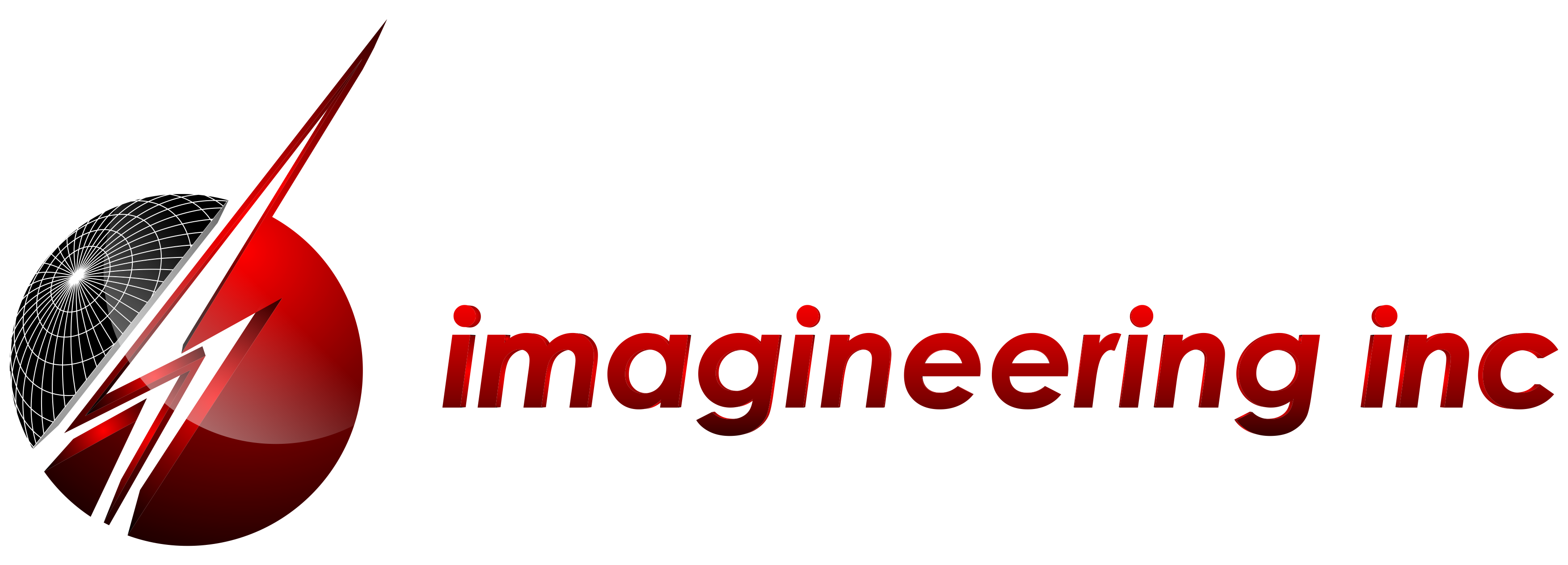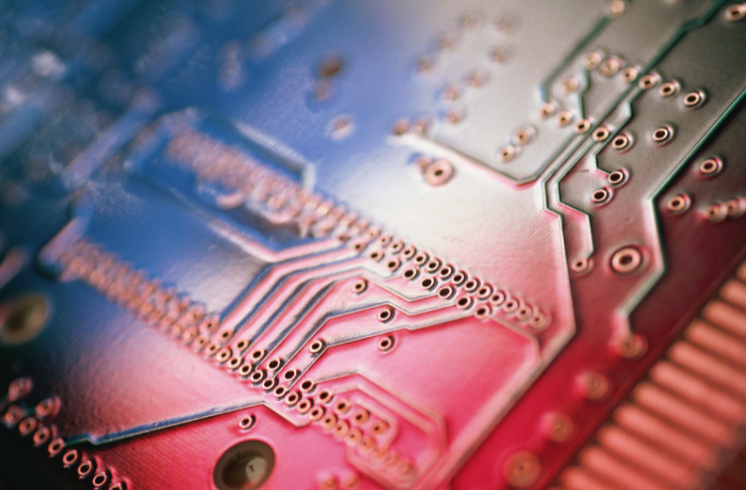Does the color of a circuit board’s solder mask matter? If you’ve ever cracked open a computer, you’re probably well aware that green is the universal color that most manufacturers abide by. However, over the past few years, this standard has evolved to encompass beyond the standard green.
Why is this the case? Is one color preferable over another? In this blog, we examine why solder mask color matters, when it doesn’t, and the best options for both manufacturers and consumers.
Does Solder Mask Color Matter?
The color on a printed circuit board is a solder mask, solder resists, or solder stop mask. A solder mask is a thin layer of polymer that protects the copper traces printed onto the board from oxidation, as well as prevents solder bridges (unintentional connections between two conductors.)
After a solder mask is applied, openings must be made by photolithography. Photolithography uses a photosensitive chemical photoresist to transfer geometric patterns onto the wafer. This creates the characteristic patterns commonly seen on a printed circuit board. For the purposes of electronic design automation, the solder mask is treated as an additional layer of the circuit board and is described as a Gerber file similar to that of copper and silkscreen layers.
From the perspective of circuit board functionality, solder mask color rarely makes a difference. Its primary function is as an added layer of protection. However, the color selected for a PCB is critical for the purposes of defect inspection. Colors with the highest contrast, like green, are generally preferred as they offer the greatest trace visibility, which is particularly important during PCB prototyping and testing.
Color selection for printed circuit boards can vary widely and serves several purposes, including:
- Identification – Some manufacturers will vary PCB color as a means of identifying differences between circuit boards. They might also use different colors to indicate PCB prototypes. This can be helpful both in mixed assembly environments as a means of quality assurance as well as maintenance in certain technical applications.
- Aesthetics – While the majority of people will never take a peek into the hardware of the devices they are using, color variations can provide eye-catching differences for the end-user. Some manufacturers use colors as a means of making a product more unique or saleable, especially when paired with translucent exteriors.
- Reflectivity – Color plays an important role in both reflectivity and heat conduction. This can be particularly important for applications such as LED lighting.
What is the best solder mask color for your project? Below, we examine five of the most common solder mask colors available on the market today to determine the pros and cons of each.
The Spectrum of Solder Mask Colors for Printed Circuit Boards: Pros and Cons
Green
Green solder masking is the most common coloration on the market today and with good reason. It has one of the highest visual contrasts of any color available between planes, traces, and empty spaces, making it desirable for repairs and maintenance.
Due to its popularity, it is accessible to virtually all PCB manufacturing plants in large volumes and is considered the universal color for circuit boards worldwide. This also makes it the least expensive circuit board color available. Thanks to extensive research and development, it has one of the thinnest coats and can house the smallest solder mask dams to prevent solder bridging.
Red
Red solder masking is a visually striking option that is commonly used for designs that showcase interior hardware. While the color has become one of the most popular alternative PCB colors, it comes with a catch: the contrast and visibility are lower than a standard green PCB. Technicians performing maintenance on a red PCB may require greater magnification to resolve issues on the board.
Red is chosen almost universally for its aesthetic appeal rather than functionality.
Blue
Blue is the second most common color used in PCB board manufacturing, but have lower contrast than green, yellow, and red circuit boards. Because silkscreen shows particularly well on them, they have become the color of choice for Arduino boards, and are typically associated with open-source electronic prototyping. Additionally, blue solder masking’s coloration makes it ideally suited for installation behind LCD screens.
Black
Black solder masking is one of the most expensive color options available and can often take additional time to manufacture compared to other colors. It is prone to absorbing heat, making it undesirable in high-heat applications. Additionally, it has very little contrast, making it difficult to repair and perform maintenance. It also has the highest failure rate during the manufacturing process.
With so many caveats, why do companies like Apple use black PCBs as their preferred color?
While trace contrast is low on black PCBs, silkscreen shows particularly well on this coloration. Additionally, it has the lowest light reflection, making it ideal for circuits where light is undesirable.
The visual appeal of black solder masking might be important to companies like Apple that prioritize elegant design, but from a functional perspective it is considered a difficult color to work with. Careful consideration should be taken before settling on a black printed circuit board.
White
A white PCB have even less contrast than a black PCB, making it the most difficult color to visually inspect. They also visibly accumulate dirt over time. What possible use could this color have?
LED lights commonly use white solder masking, particularly when they are applied to lighter colored surfaces. White provides the least invasive color when the lights are turned on, and blend in best when turned off. As white is one of the most reflective colors, it also gives a pure white light when illuminated.
Not every solder coloring is the same – when white PCBs are selected for LED applications, ensure that your manufacturer is using a solder with high reflectance.
PCB Silkscreen Layers
One final consideration to make regarding solder mask color is how the silkscreen will read on top of it. Unlike solder mask color which is made using polymer, silkscreen is printed using formulated inks. This layer’s function is specifically intended for the manufacturing process – fonts should be selected for readability, particularly for those involved with hand assembly or quality control inspection. Like the solder mask, the silkscreen is also considered a layer and corresponds with a Gerber file.
While silkscreen colors can be customized for each PCB, a good contrast to the solder mask color remains of critical importance. White is the most common color, as it can be used along with most PCB color options for optimal visibility and results.
Solder Mask Color is a Function of Style More Than Substance
The solder color selected for a printed circuit board has a minimal effect on the board itself. As seen above, some exceptions to this rule exist. Black circuit boards absorb heat the best, and make them ill-suited for high temperature environments. Generally speaking, however, color does not affect the overall function.
However, product design for electronic equipment is more than just the circuitry underneath it. PCB solder color is extremely important for products such as computer monitors, television screens, and LED lighting. These machines depend on conveying visual information as clearly as possible – for these purposes, color choice is critical when assembling the final product.
Additionally, circuit boards can provide immense aesthetic appeal for certain demographics. While choosing colors other than green and yellow can make maintenance and repairs more difficult, they can be compelling to audiences looking to make a purchase.
For the technically inclined, green circuit boards can’t be beaten. These boards have undergone the highest degree of R&D and use the thinnest coating, has excellent contrast, and is the most affordable option on the market. Exceptions should be made depending on the intent of the final product.
Not sure where to start with printed circuit board manufacturing? Since 1986, Imagineering has provided high-quality PCB solutions for companies of all sizes. Whether you need a simple prototype, a complex multilayer, or a complete production run, Imagineering has the expertise and know-how to get the job done. Contact us today for more information on our services.


